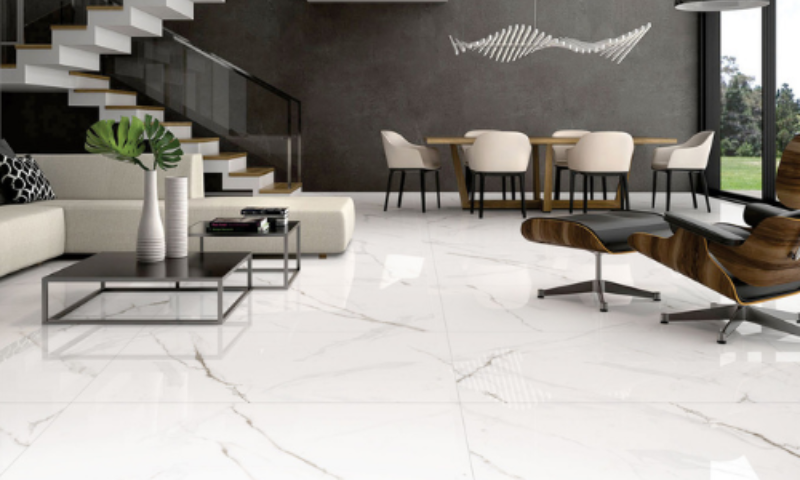How does white marble differ from other types of marble?
How does white marble differ from other types of marble?

White marble, with its captivating beauty and elegance, has long been a favorite choice for various architectural and design projects. In this blog post, we will take a look into the unique characteristics that set white marble apart from other types of marble, making it an exquisite and timeless option for interior and exterior applications.
Diverse Varieties
White marble encompasses a diverse range of varieties, each distinguished by its unique veining patterns, hue, and geographical origin. These variations provide a broad spectrum of choices, allowing designers and architects to find the perfect match for their artistic visions.
Predominantly White Background
Unlike other types of marble that may have hues of beige, green, or grey, white color marble is defined by its predominantly white background. This immaculate whiteness serves as a blank canvas, allowing other design elements to pop and making it a versatile option for various design styles, from classic to contemporary.
Striking Veining Patterns
The veining patterns in white marble add an exquisite touch to any space. The veining can range from subtle and delicate to bold and dramatic, making each slab a work of art in itself. The intricate and meandering veins create an aesthetic appeal that is unparalleled, enhancing the visual interest of any surface where this stone is used.
Timeless Elegance
White Marble in India exudes an aura of timeless elegance and sophistication that has captivated artists, architects, and designers throughout history. Its allure has been cherished for centuries, adorning some of the most iconic structures worldwide, such as the Taj Mahal and the Parthenon. This enduring beauty ensures that white marble remains relevant and cherished across generations.
Versatility in Applications
White marble's versatility extends to a wide range of applications. Its soft, lustrous appearance makes it an ideal choice for flooring, imparting an air of luxury and spaciousness to any room. As kitchen countertops, it elevates the culinary space, infusing it with a sense of refinement. It is also extensively used for wall cladding, adding an element of opulence to interiors. Additionally, it is a preferred material for sculptures and decorative accents, allowing artists to create intricate masterpieces.
Maintenance Considerations
While white marble is undoubtedly captivating, it requires proper maintenance to preserve its pristine appearance. Being more porous than some other natural stones, it can be susceptible to staining from spills and acidic substances. However, regular sealing and diligent care can protect the marble and ensure its longevity.
Rarity and Exclusivity
The rarity of White Marble in India contributes to its exclusivity and higher value. Sourced from select quarries around the world, the extraction process requires meticulous precision, adding to its desirability among connoisseurs of luxury and high-quality materials.
Harmonizing with Various Design Styles
White marble effortlessly complements a wide array of design styles. It can create a sense of grandeur in traditional or classical interiors, while its minimalist appeal complements contemporary and modern spaces. Moreover, it can be paired with both bold and subtle color palettes, making it a go-to choice for designers seeking a versatile and timeless material.
Conclusion
In conclusion, white marble stands apart from other types of marble due to its predominantly white background, striking veining patterns, timeless elegance, and diverse varieties. Shree Abhayanand Marble recognizes the allure and significance of this remarkable natural stone. Its versatility, rarity, and ability to harmonize with various design styles make it an exemplary choice for both interior and exterior applications. When you choose white marble, you not only invest in a material of unmatched beauty but also in a legacy that will transcend the boundaries of time and continue to captivate generations to come.


